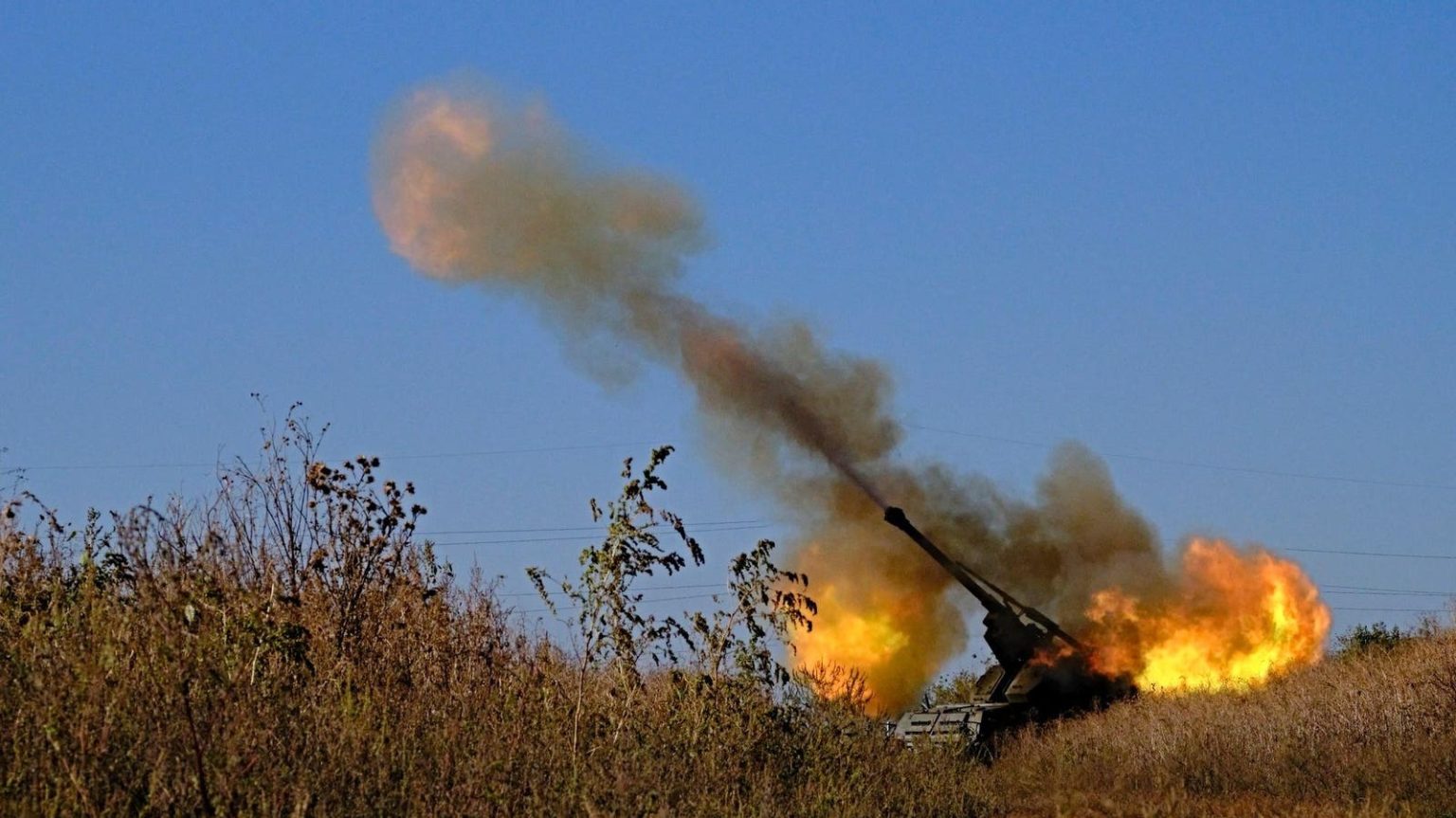On Oct. 10, a trio of Russian brigades attacked toward Avdiivka, a key Ukrainian strongpoint just northwest of Donetsk in eastern Ukraine’s Donbas region.
The attack, which was preceded by a heavy artillery bombardment, was an obvious fixing operation—an effort to draw in Ukrainian brigades from across the 600-mile front of Russia’s 21-month wider war on Ukraine and pin them in place … so they can’t fight elsewhere.
It hasn’t worked. “Ukrainian officials have already identified the Avdiivka push as a Russian fixing operation, and they are unlikely to unduly commit Ukrainian manpower to this axis,” the Institute for the Study of War in Washington, D.C. noted just a day into the Russian assault.
Indeed, the only major reinforcements that we can confirm Kyiv has redeployed to Avdiivka include a battalion or two from the veteran 47th Mechanized Brigade, which until recently was leading the Ukrainian assault toward Russian-occupied Melitopol in southern Ukraine.
That meant the Ukrainian brigades already in Avdiivka have had to hold the line against back-to-back attacks by a bigger Russian force. One of those brigades is the 110th Mechanized, which garrisons northern Avdiivka.
The 2,000-person 110th neither is Ukraine’s most experienced brigade nor its best-equipped. But right now, it has arguably the hardest and most important job in Ukraine’s war effort: holding Avdiivka without requiring Kyiv to draw down its forces elsewhere—and potentially halt its four-month counteroffensive in southern and eastern Ukraine.
“There are no words to describe the heroism of the soldiers of the 110th Mechanized Brigade,” Ukrainian journalist Yuriy Butusov wrote.
Manning trenches, firing anti-tank and anti-aircraft missiles and operating drones around the clock to drop bombs and call in artillery from the nearby 55th Artillery Brigade, the 110th Brigade destroyed 200 Russian vehicles and killed 800 Russians in the first 13 days of fighting, according to Butusov.
“Phenomenal numbers,” the journalist wrote. “Hundreds of corpses are lying on the plantations and fields.”
The 110th’s ambivalent armament makes its feat even more impressive. Its vehicles—a combination of Soviet, Czech and Dutch models—are pretty old, on average. It operates thinly-protected, ex-Dutch YPR-765 armored personnel carriers, equally light BMP-1 infantry fighting vehicles it inherited from the Soviet army plus artillery—DANA mobile howitzers and RM-70 rocket-launchers—from the Czech Republic’s surplus stocks.
The brigade has made creative use of its middling vehicles, however. A video a 110th trooper shot in March depicts the brigade’s YPR’s performing a seemingly odd dance—advancing then reversing then advancing again while attacking across a muddy field, firing their heavy machine guns at nearby Russian positions.
The YPRs’ dance may have complicated enemy targeting, potentially protecting the thinly-armored APCs from return fire.
But equipment and tactics don’t explain why the 110th Mechanized Brigade has held. Not really. In a fight this intensive, morale matters more than methods and materiel do.
“This brigade has been defending Avdiivka without any rotations at all for one and a half years!” Butusov wrote. “A significant number of units constantly live in their positions without any exits from Avdiivka, which is fired at by all types of weapons.”
“It’s even hard to imagine,” the journalist added. “These men of steel fight in conditions that no army in the world can withstand; the Russians simply run away in such conditions.”
Dug in and dialed in along the Russians’ likeliest assault lanes, the 110th likely will lose only when it quits. “Our soldiers are tired from long battles,” Butusov wrote. “The Russians also hope that the Ukrainians will get tired of killing them.”
Read the full article here





